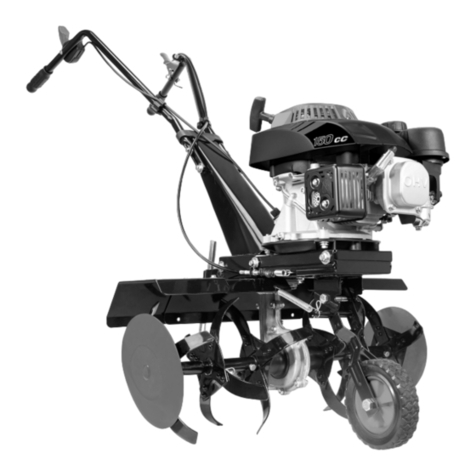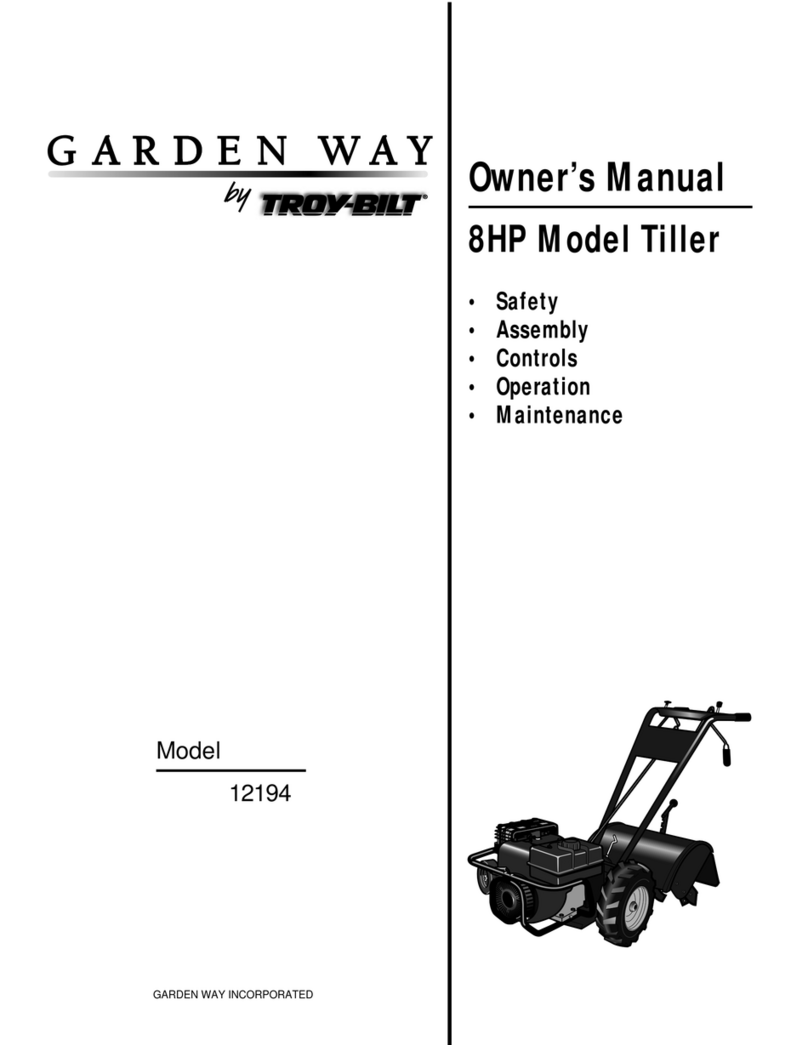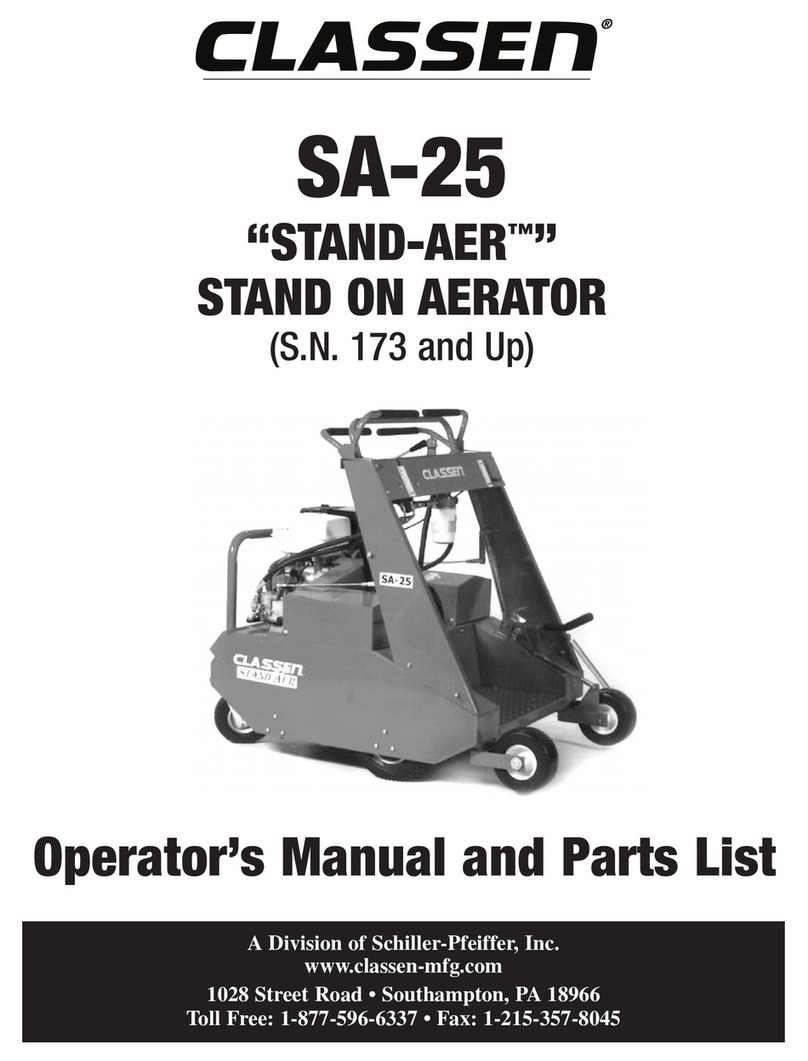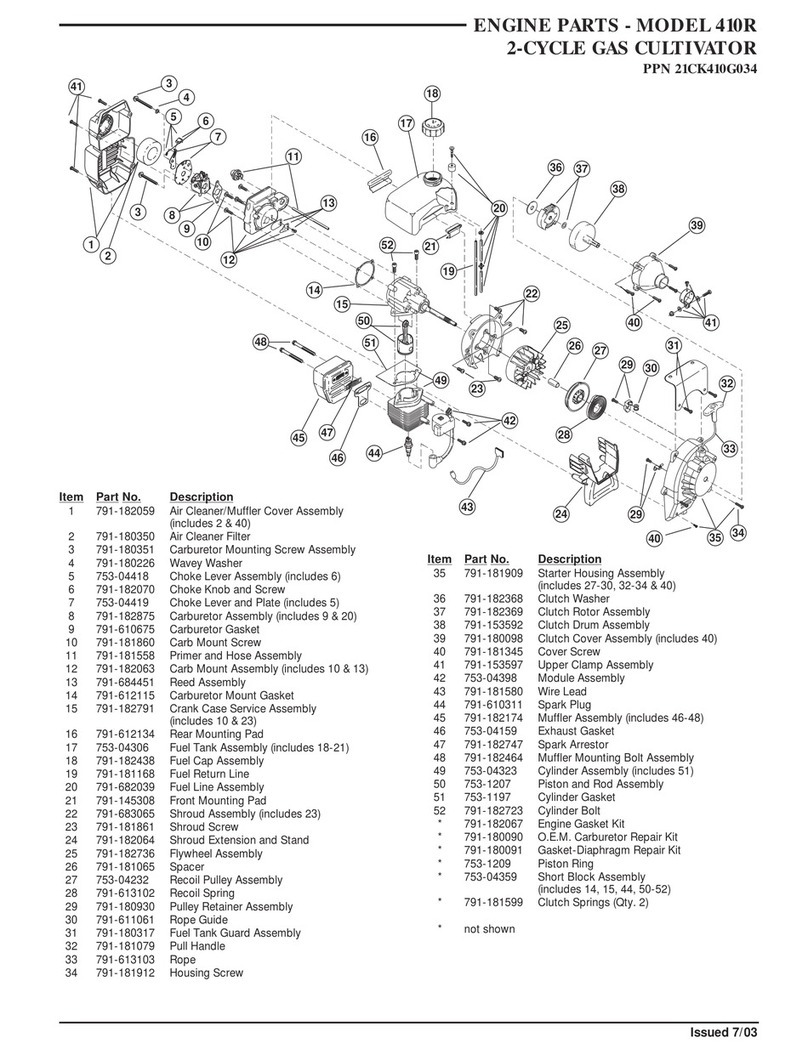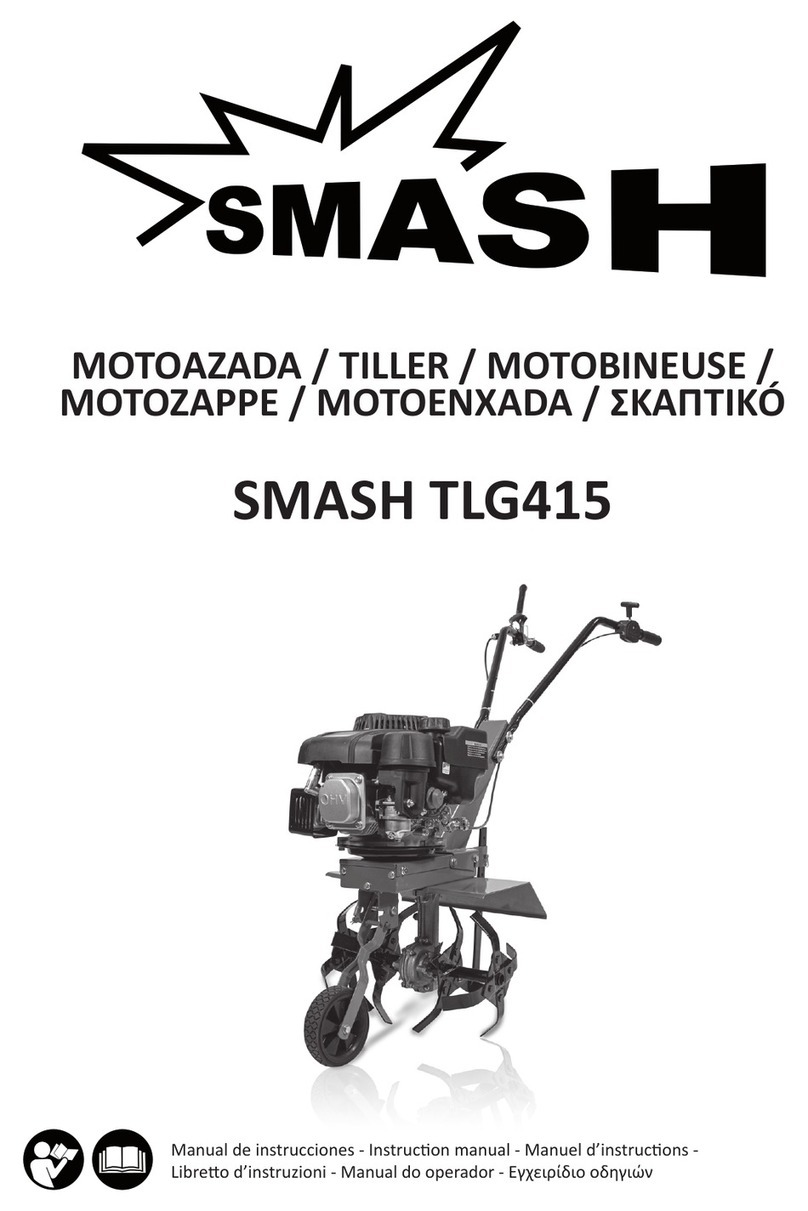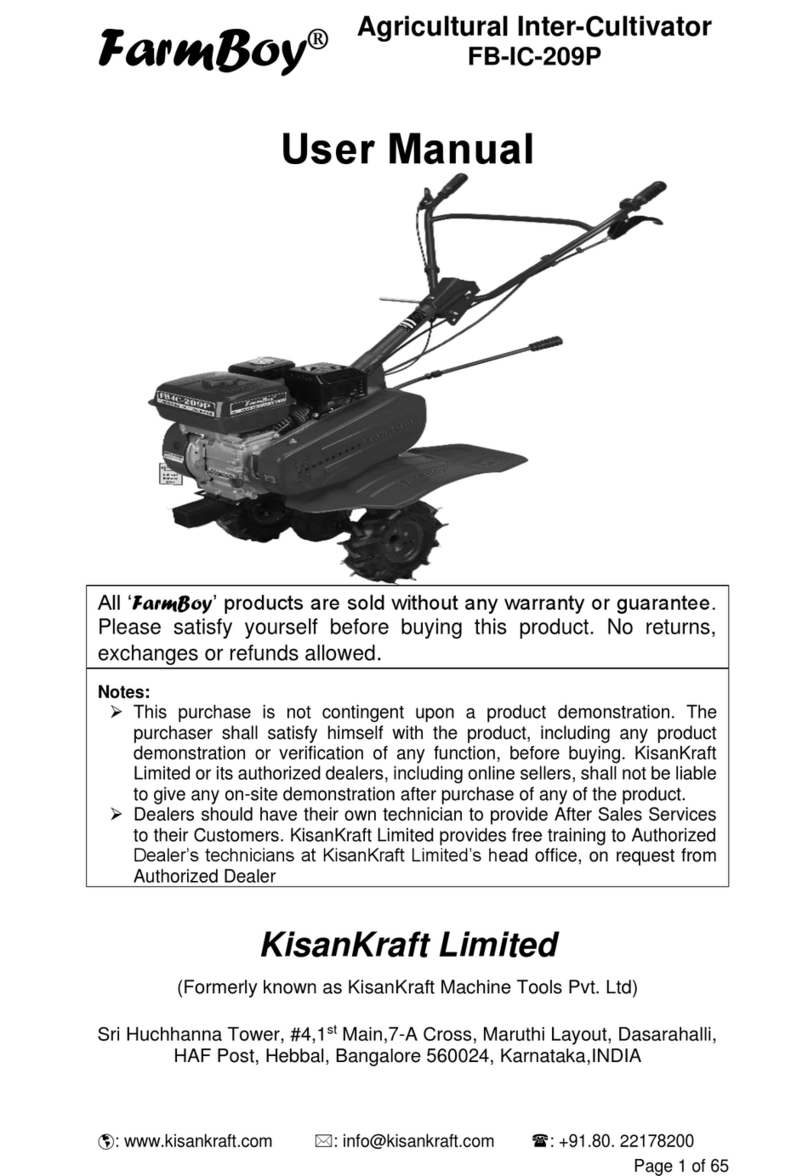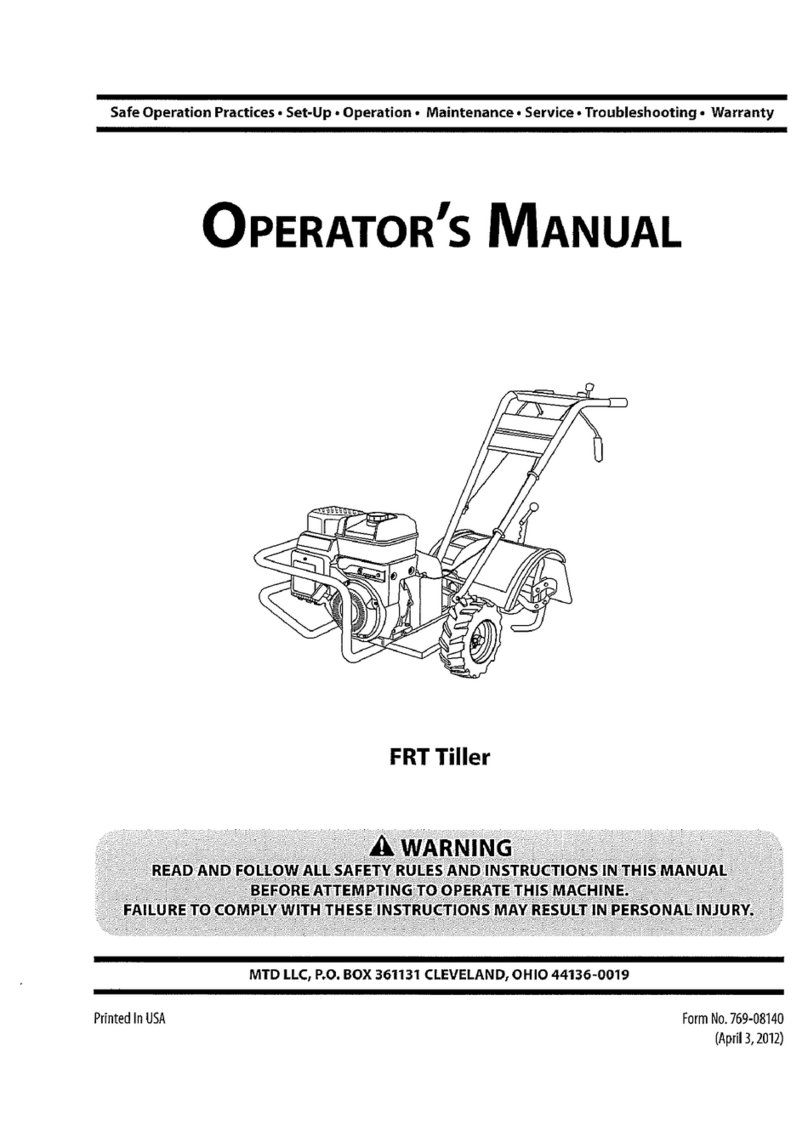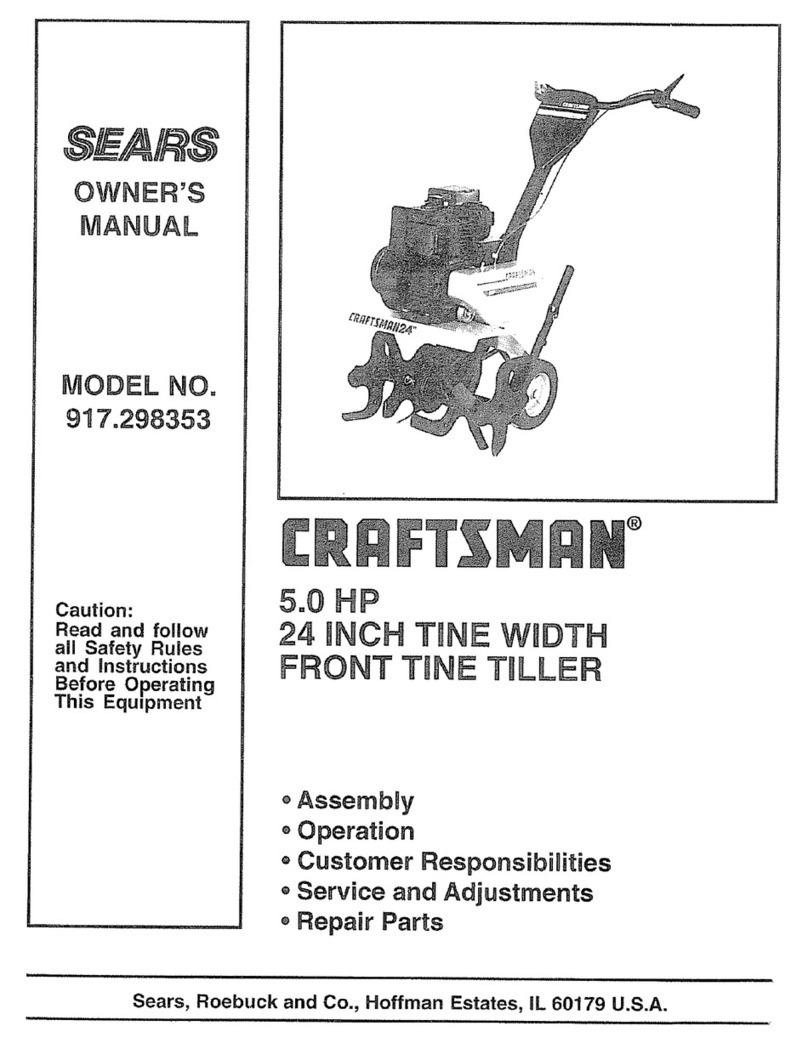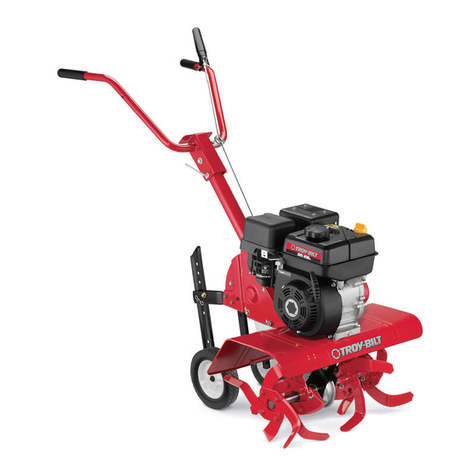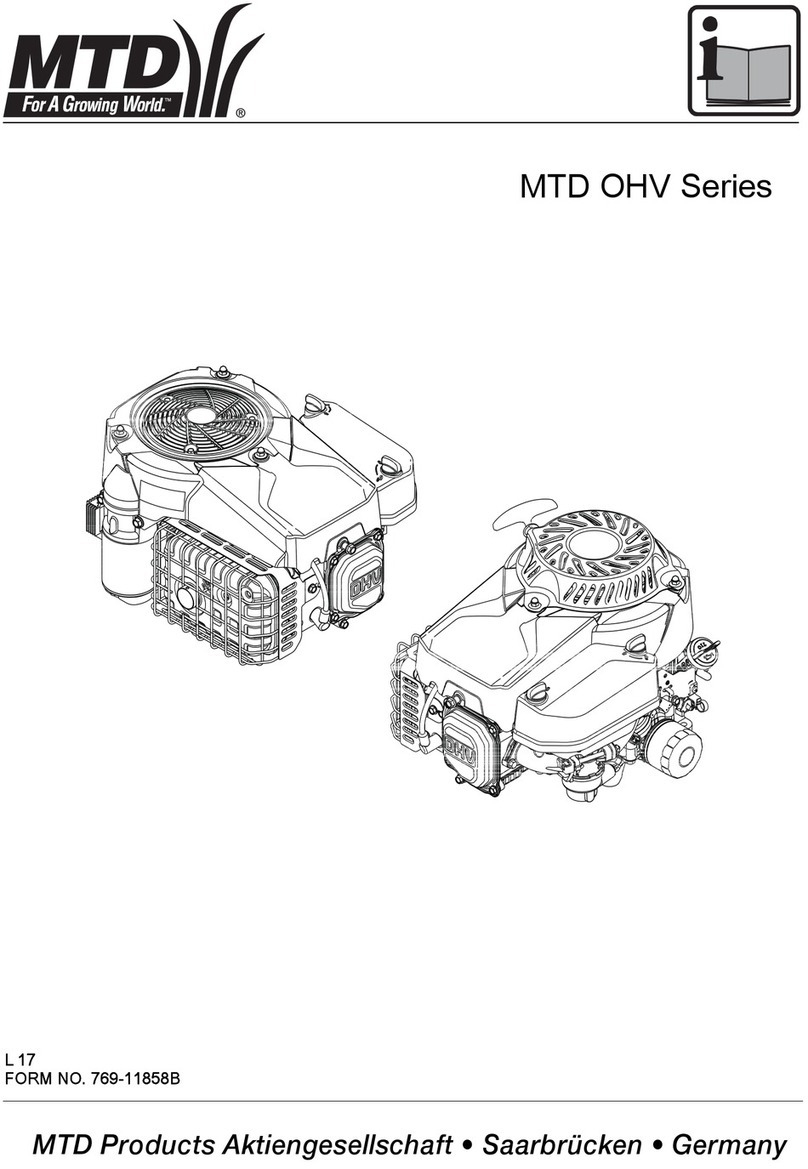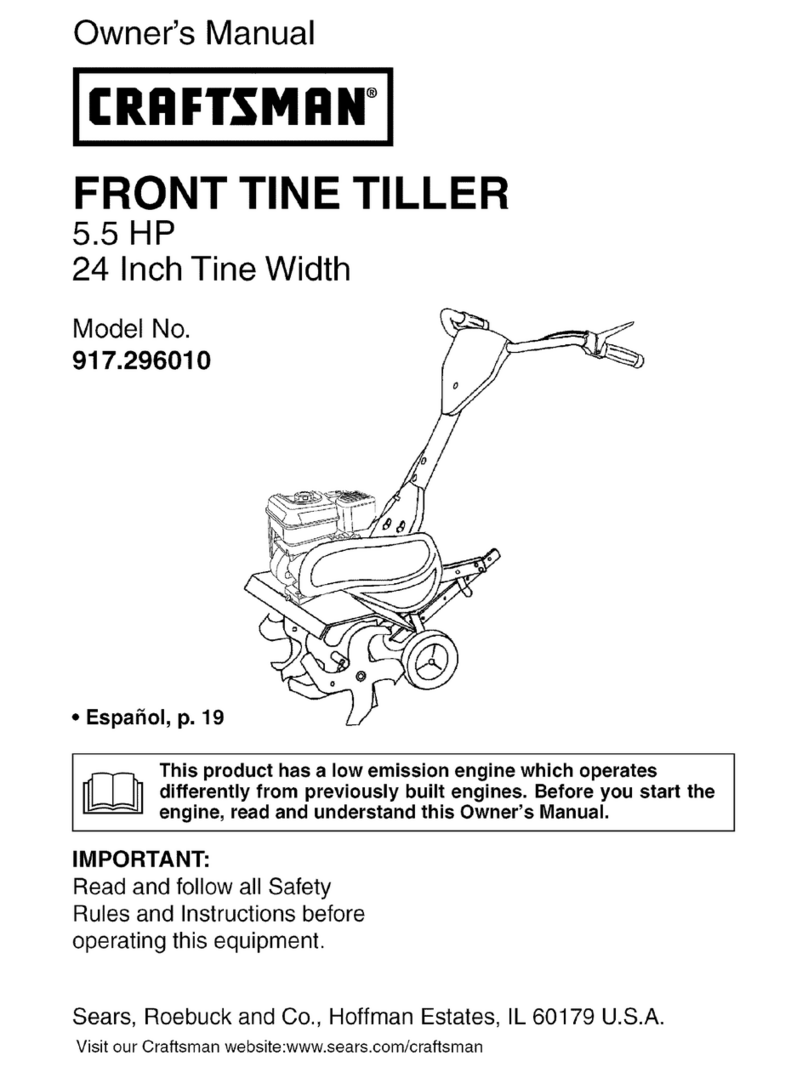
Translation of the original operating manual Page 7
Unauthorized changes to the implement exclude any and all liability on the part of the manufacturer for the
resulting damage.
5.2 General safety information and accident prevention regulations
The operator must have read and understood this operating manual before using the tined
weeder.
The operator must train and instruct the operator's personnel, if necessary. Personnel must
have read and understood the operating manual before they use the tined weeder.
Always keep the operating manual in the vicinity of the tined weeder for reference purposes.
When passing on the tined weeder, be sure to pass on the operating manual.
Do not use the implement if you are tired or under the influence of drugs, alcohol or medications.
Check the implement and the tractor for roadworthiness and operational safety before every
start-up!
Inspections before and during operation, as well as regular care and maintenance of the implement,
must be performed.
Comply with the generally valid safety and accident prevention regulations!
Warning signs and information signs that are installed on the implement provide important information
for safe operation; for your own safety comply with warning signs and information signs!
Comply with applicable regulations when using public roads!
Before beginning work, familiarize yourself with all the devices, activating elements, and their
functions. It is too late to do so during work implementation!
The user should wear close-fitting clothing! Avoid wearing loose clothing!
Keep the implements clean to prevent a fire hazard!
Check your immediate surroundings before start-up! (Children!) Ensure that you have an adequate
view!
Carrying passengers while working and transporting them on the implement are prohibited!
Properly hitch the implement and fasten only to the prescribed fixtures!
Special care is required when coupling and uncoupling implements onto or from the tractor!
Place the support devices in their respective positions during mounting and dismounting the
implement! (Stability)
Always install the weights properly at their designated fastening points!
Comply with the permissible axle load, total weight, and transport dimensions!
Check and install transport equipment, such as lighting, warning devices, and any protective devices!
Never leave the driver's platform while while implement and tractor are in motion!
Handling, steering, and braking capability are also affected by mounted or attached implements and
ballast weights. Consequently, ensure that there is adequate steering and braking capability!
Take into account the wide load and/or the implement's oscillating mass when turning!
Only operate the device when all protective devices are installed and in the protective position!
Do not position yourself in the work area!
Do not position yourself in the implements turning and swivel range!
Hydraulic folding frames must only be activated if no one is in the swivel range.
There are crushing and shearing points on power-operated parts (e.g. hydraulically-operated parts)!
For parts that are adjusted manually, always ensure that the implement is stable!
For high-speed implements with ground-driven tools - the oscillating mass that continues running
poses a hazard after lifting-out! Only approach implement after it has come to a complete standstill!
Before exiting the tractor, park the implement on the ground, turn off the engine and remove the ignition
key!
Do not allow anyone to enter the area between the tractor and implement without securing the vehicle
from rolling off via the parking brake and/or the wheel chocks!
Swing in and lock the packer catch arms before road transport!
Lock the track marker in transport position!
View of the attached tined weeder and the dangerous movement zone must be ensured (to monitor
the process).
We recommend a cleaning in accordance with the maintenance instructions. In this regard you must
proceed as specified in the maintenance manual and protective equipment must be used.
